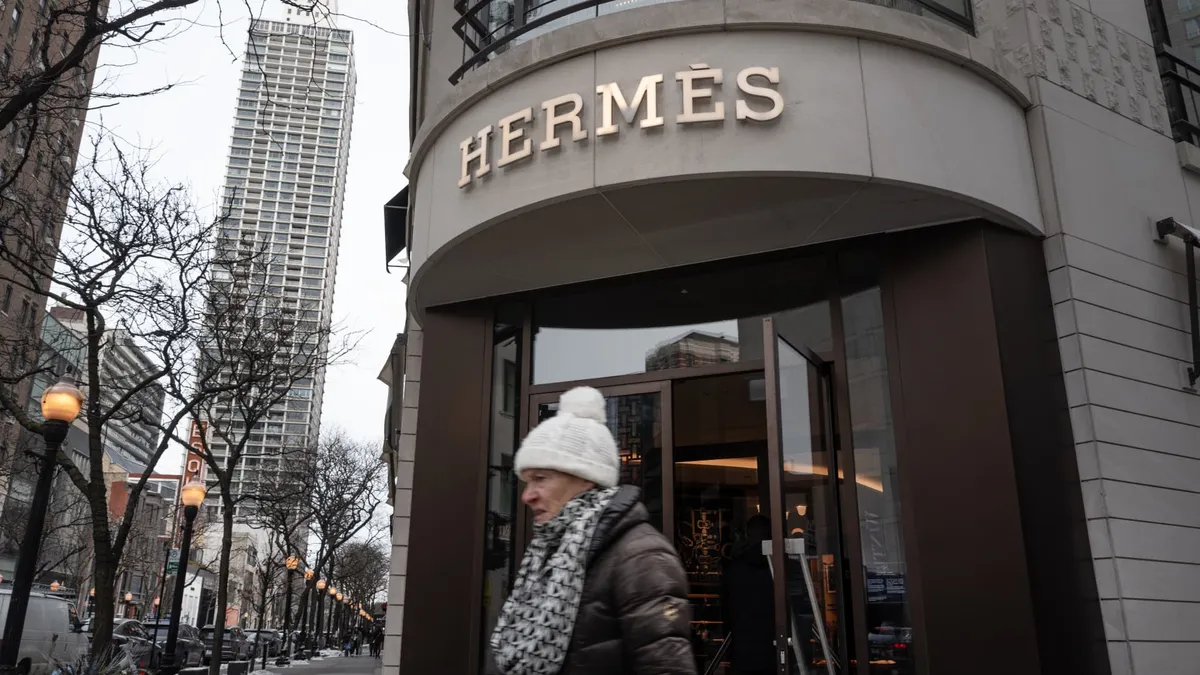
In February, consumer spending grew at a slower than anticipated pace, reflecting underlying concerns about an economic slowdown and rising inflation. According to a recent advanced reading from the Commerce Department, retail sales increased by 0.2% for the month. This figure, while better than the previously revised decline of 1.2% from January, fell short of the Dow Jones estimate which predicted a 0.6% increase.
When excluding the volatile automobile sector, the retail sales figure saw a modest increase of 0.3%, aligning with expectations. It’s important to note that these numbers have been adjusted for seasonal factors but do not account for inflation. According to a prior report from the Labor Department, prices rose by 0.2% in February, indicating that consumer spending was roughly keeping pace with inflation rates.
The control group, which excludes non-core sectors and directly influences Gross Domestic Product (GDP) calculations, demonstrated a more robust performance with a surprising increase of 1%. This indicates that the core of the retail market is performing better than some overall sales figures might suggest.
One notable driver of the sales increase was online spending. Nonstore retailers reported a significant 2.4% increase, highlighting the ongoing shift towards e-commerce. Additionally, sectors such as health and personal care experienced a 1.7% gain, while food and beverage outlets marked a 0.4% increase.
However, not all sectors fared well in February. Bars and restaurants reported a concerning 1.5% decrease in sales, while gas stations saw a decline of 1% amidst falling prices at the pump. This divergence in performance underscores the mixed signals in the current retail landscape.
This is breaking news, and we will continue to monitor the situation for further updates on consumer spending trends and their implications for the economy.